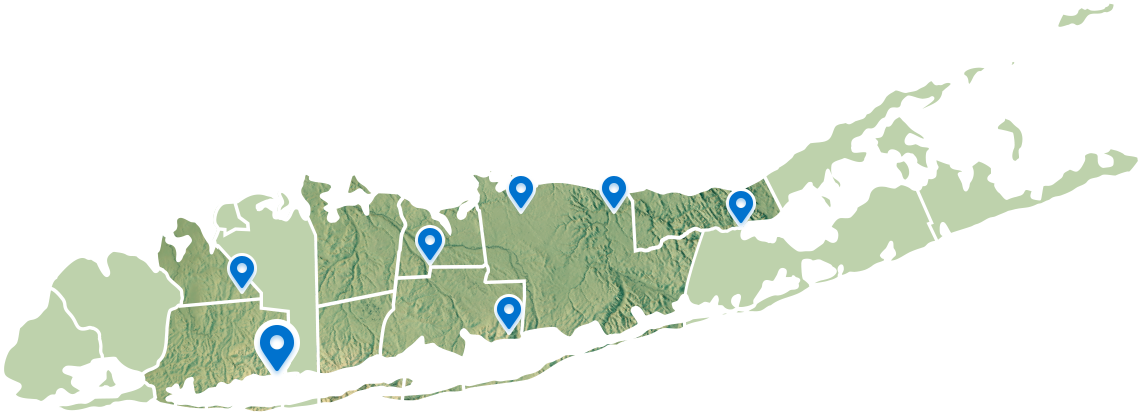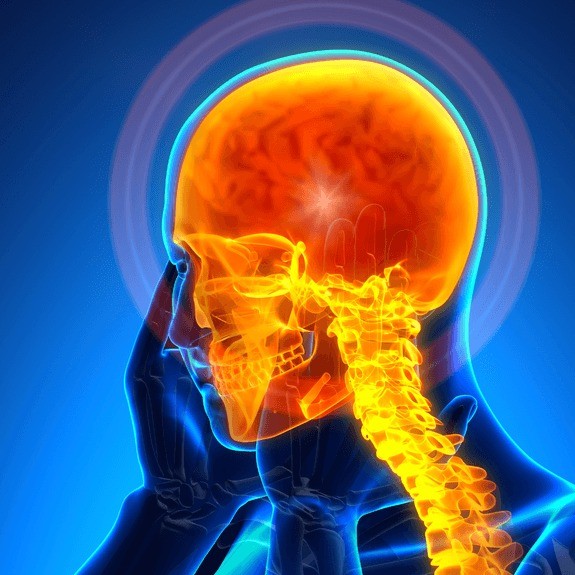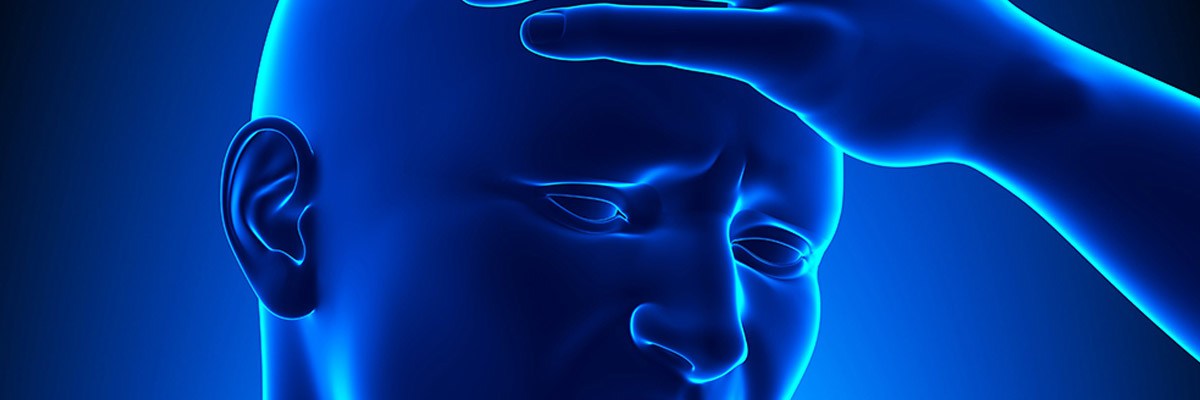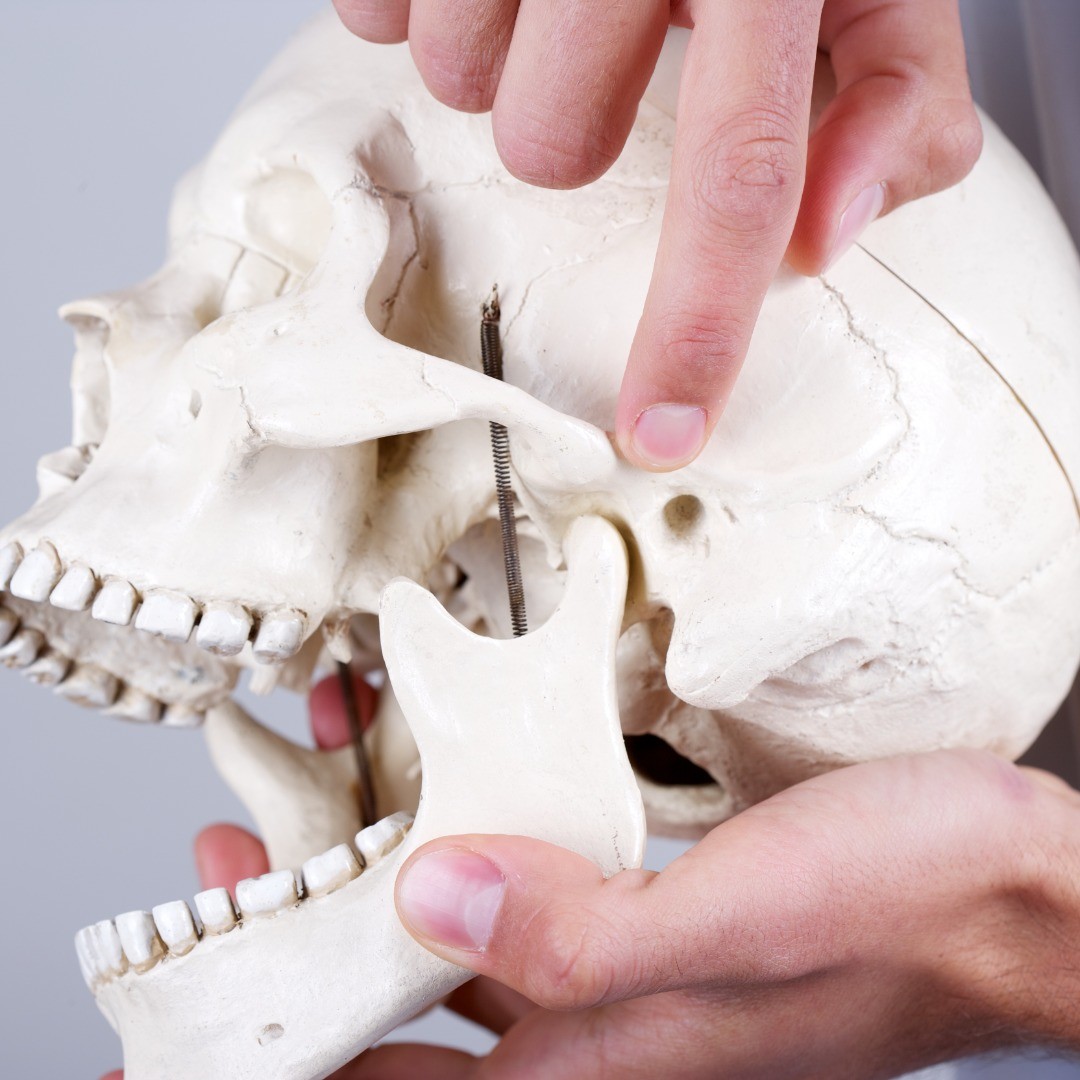- PATIENT FORMS | REQUEST A CONSULTATION | CONTACT US
- 1-844-NSPC-DOC
Trigeminal Neuralgia Treatments
What Is Trigeminal Neuralgia?
Trigeminal neuralgia is a condition with excruciating ipsilateral (occurring on one side of the body) facial pain. These intermittent episodes of pain, usually only on the left or the right side of the face, have been described by patients as:
- stabbing
- burning
- shooting
- and electric-shock like.
These sudden and intense episodes of severe face pain stem from the fifth (trigeminal) cranial nerve. This nerve has three branches:
- the ophthalmic nerve, corresponding to the forehead, upper eyelids, eyebrow and upper part of the nose
- the maxillary nerve, providing sensation to the upper mouth, lower nose, cheek and under the eye
- the mandibular nerve correlates to the lower mouth, jaw and up to the ear
Non-Surgical Treatments for Trigeminal Neuralgia
Anti-seizure medication that works to disrupt the abnormal electrical currents that cause epileptic seizures can also interfere with the pain signals from the trigeminal nerve to the brain and provide pain relief.
Rhizotomy Treatments relieve trigeminal nerve pain by destroying the root (rhizome) of the nerve. Most patients can feel the results before they leave for home.
- Glycerol Rhizotomy is a percutaneous (through the skin) technique that uses a needle in the cheek to deliver the glycerol solution to the nerve clusters. This outpatient procedure has a short recovery time and can be repeated if needed.
- Radiofrequency Rhizotomy is also an outpatient procedure. This technique employs an electrode to deliver a current to the nerve; thus injuring the nerve to prevent nerve signals from traveling to the brain.
Balloon Compression involves a catheter (tiny flexible tube) with a balloon inserted into the place where the trigeminal nerve travels through the skull. The neurosurgeon inflates the balloon to compress the nerve ganglion. The balloon is then deflated and removed along with the catheter.
Peripheral Nerve Stimulation involves implanting a small electrode near the nerve pathways. The electrical current stimulates non-pain messages to the brain, bringing pain relief.
Gamma Knife Radiosurgery is another noninvasive surgery technique that damages the trigeminal nerve. Using state-of-the-art technology, the neuroradiologist delivers gamma rays (a type of radiation) to the nerve or nerve root. The pain relief can take a bit longer, but for patients who do not want a craniotomy (cranium surgery) and prefer a less invasive technique, Gamma Knife may be your best treatment option.
Our experienced neurosurgeons can help you decide the best treatment option for trigeminal neuralgia or other facial pain conditions. With locations in the NY tri-state area—including Long Island—NSPC provides world-class care with leading physicians in a range of neurosurgical subspecialties and related fields.
Physicians
Connect With Our 7 Convenient Locations
across Long Island, NY
Our expert physicians, surgeons and doctors are ready to serve you at our 7 convenient locations across Long Island, NY. Connect today to learn how our award winning, world class experts can help.
4250 Hempstead Turnpike Suite 4,
Bethpage, NY 11714
(516) 605-2720
COMMACK
353 Veterans Memorial Hwy,
Commack, NY 11725
(631) 864-3900
One Hollow Lane, Suite 212
Lake Success, NY 11042
(516) 442-2250
MANHATTAN
215 E. 77th Street Ground Floor
New York, NY 10075
(646) 809-4719
PORT JEFFERSON STATION
1500-8A Route 112,
Port Jefferson Station, NY 11776
(631) 828-3001
100 Merrick Road, Suite 128W
Rockville Centre, NY 11570
(516) 255-9031
WEST ISLIP
500 Montauk Hwy
West Islip, NY 11795
(631) 983-8400
World
Class
Expertise
For over 50 years & 350,000 patients NSPC has been a trusted global medical leader.
Contact us today for an appointment or consultation.





